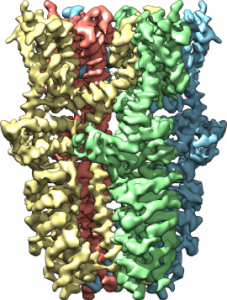Figuring out the science of wasabi’s heat could be a way to develop new treatments to prevent or reduce pain.
Researchers at the University of California, San Francisco, are studying how the human body reacts to wasabi

— the hot Japanese horseradish typically found accompanying sushi or sashimi. Their latest observations unveil the “wasabi receptor” and exactly how chemicals in wasabi activate the sensory process identify possible channels for novel pain treatments.
That receptor, which they call TRPA1, plays a role in the body’s ability to sense things like environmental irritants, in addition to the heat from wasabi, so the researchers believe that learning how TRPA1 works not only will lead to understanding how basic pain sensations occur but also ways to prevent or reduce pain.
“The pain system is there to warn us when we need to avoid things that can cause injury, but also to enhance protective mechanisms,” said David Julius, PhD, professor and chair of UCSF’s Department of Physiology, and co-senior author of the new study, which appears in the April 8, 2015 online issue of Nature. “Knowing more about how TRPA1 works is important for understanding basic pain mechanisms. Of course, this information may also help guide the design of new analgesic drugs.”
